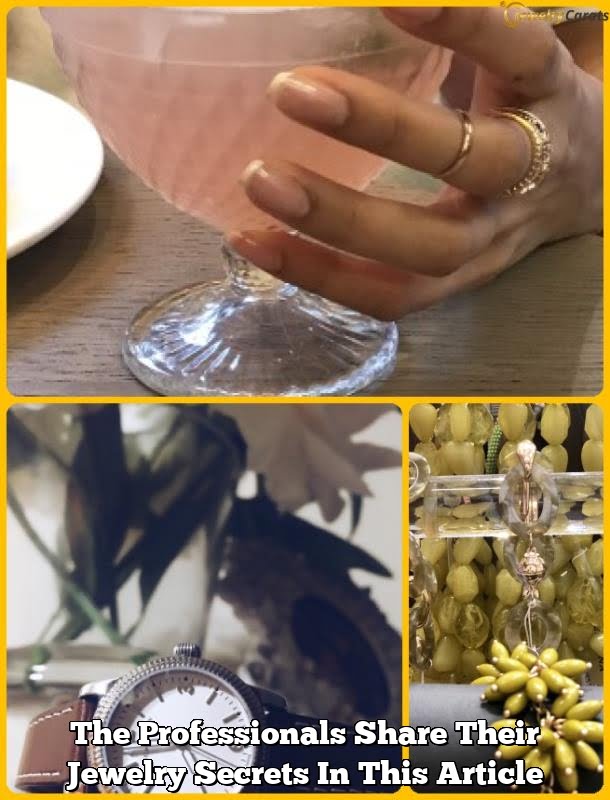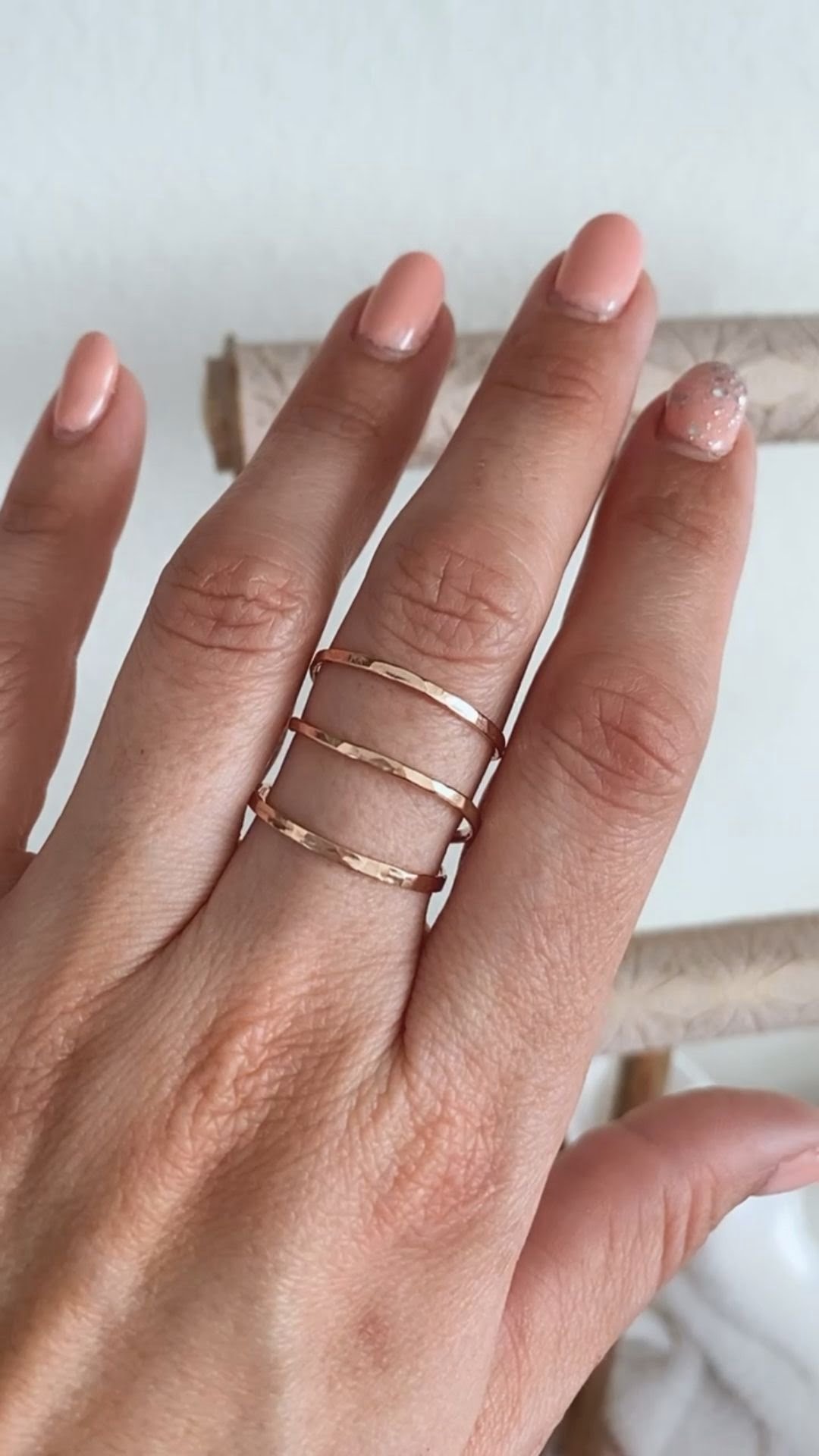The global crystal jewelry market share has been steadily increasing since the early 2000s, with an estimated value of $19.31 billion in 2018. This is a considerable increase when compared to the market’s worth of just $12.5 billion in 2010.
The growth can be largely attributed to the high demand for sparkly jewelry among fashion-conscious millennials and the growing preference for gemstone-embedded jewelry paired with traditional clothing. As such, there have been numerous new entrants into the crystal jewelry business over recent years that have taken advantage of this growing trend.
Leading players in the current crystal jewelry market share include Swarovski, Pandora, Chopard, and Tiffany & Co. These brands are notable for their intricate designs and use of rare stones such as diamonds or sapphire crystals to create unique pieces that appeal to modern consumers.
These leading companies focus on creating aesthetically pleasing designs as well as innovating their products with technological advancements such as laser engraving techniques and more efficient production methods. Moreover, they have tapped into global markets such as India and China by increasing their presence in these countries which has helped them to increase their revenue and overall market share further.
Further growth in the industry has also come through niche players who specialize in creating custom pieces using rare stones and crystals. These players often cater to customers looking for unique designs outside of mainstream trends.
The rise of eCommerce platforms and online stores have also boosted sales by allowing shoppers access to crystal jewelry from all around the world regardless of location or international borders which increases competition for traditional retailers. Additionally, these platforms give small businesses access to consumers that they might not normally reach allowing them to grow their presence within the market while competing with bigger brand names on an even footing.
So far, these various trends have propelled growth in the global crystal jewelry market share by providing greater variety at lower prices while using enhanced production processes and innovation along with tapping into new consumer bases around the world that has helped this sector achieve ongoing success today.
Current Demand
The crystal jewelry market is currently experiencing a period of increased demand. A 2019 report suggested that the global crystal jewelry market would reach an estimated value of $37.9 billion by the year 2025. This surge in popularity is being driven primarily by two demographic segments – younger generations and affluent buyers who are more likely to buy expensive, luxurious items.
On a regional level, the growing demand for high-end crystal jewelry is widespread across many countries. For example, Asia Pacific accounts for 37% of the total revenue from global sales while Europe accounts for 25%.
These regions tend to have larger populations with the financial means to purchase luxury items like crystal jewelry, which makes them attractive growth markets for manufacturers and distributors alike. On a smaller scale, several countries are also showing especially strong growth in this sector, including India and Malaysia.
Yet perhaps one of the foremost driving factors in increased crystal jewelry sales has been younger generations’ growing passion for fashion and their willingness to spend on luxury brands. Millennials often prefer personalized pieces with unique designs that stand out from mass-produced lines.
As such, many manufacturers are now offering consumers precisely tailored products that target specific demographics, such as high-end celebrity rings or Chakra pendants with spiritual properties. The same strategy is also being seen in developing nations; as greater access to credit products and rising disposable incomes make these types of goods within reach even on moderate budgets, it’s expected that sales of crystal jewelry will continue to rise at a rapid rate in these areas as well.
Factors influencing sales
The crystal jewelry market share has seen significant growth over the years. This is due in part to the public’s increasing fascination with crystals and their healing properties. Additionally, the trend of purchasing and gifting crystal jewelry as an alternative to traditional jewelry options has also contributed to its rapid growth. To capture a larger market share, companies must focus on key factors that will influence sales of their product offerings.
Advertising is one of the most important methods for driving growth in crystal jewelry sales. Television, radio, digital, and print advertising campaigns can be conducted to effectively promote company brand messages and products. Companies should also place greater emphasis on developing effective social media campaigns that help them reach out to their target markets more quickly and cost-effectively.
In-store placements are an important factor influencing sales of crystal jewelry products. Companies should ensure that quality displays feature prominently in stores to maximize visibility for customers. Stores should also have dedicated employees trained on product knowledge and customer service who can engage shoppers in conversation about purchases and provide guidance when needed.
Promotions such as special discounts, free gifts with purchase, or unique loyalty programs can also drive higher levels of engagement with customers and encourage repeat shopping habits among buyers. Additionally, collaborations with influencers or celebrities can be extremely effective in creating buzz around new products or lines as well increases visibility for brands across various channels including YouTube, Instagram, and websites like Pinterest.
These strategic partnerships can help capture new customer segments for increased market share particularly among already engaged users on these platforms who are likely to be interested in buying crystals or crystal jewelry items themselves or gift items to friends and family members.
Popular Brands and Designs
The surge in popularity of crystal jewelry allows customers to choose from a wide variety available in different price ranges, quality levels, designs and styles. For luxury brand shoppers seeking quality craftsmanship combined with designer touches – higher-end crystal jewelry offers timeless pieces that offer a sophisticated look for any outfit.
Mass-market shoppers looking to add bling to their wardrobe have plenty of options when it comes to easily attainable pieces at lower prices points that come in all shapes sizes. Finally for those in search of something unconventional when it comes to style – emerging designers offer an opportunity to showcase one’s individual fashion taste with truly original works ranging from necklaces and earrings to rings and brooches.
Consumer Profiles and Preferences
The crystal jewelry market share is greatly influenced by consumer buying habits and preferences. This includes understanding who is purchasing the various types of pieces and what factors are influencing their decisions. Price points are significant, as many consumers may be more inclined to purchase affordable pieces when presented with a variety of choices within their budget. Likewise, different styles appeal to different sections of the population, from nostalgia-driven vintage selections to contemporary statement pieces.
Personal Use
Perhaps one of the most important motivations to consider when exploring the crystal jewelry market share is personal use. Many people purchase pieces simply because they like how they look and enjoy accentuating their everyday outfits with colorful gemstones showcased in unique or antique settings.
This primarily applies to rings, earrings, pendants, and necklaces-three popular types of jewelry with an abundant array of styles available on the market today. Consumers value personal flair above all else, often looking for ways that they can express themselves through carefully selected items that reflect individual tastes and personalities.
Gift Giving
Gifting is another key factor impacting market share, particularly for birthdays, anniversaries, weddings, holidays and other special occasions. Crystal jewelry is frequently chosen as a special present due to its unique beauty which appeals to a wide number of recipients regardless of age or gender.
Additionally, gift-givers often have budget restrictions which makes selecting an appropriate item even more important; going for higher quality materials like Swarovski crystals can allow them to impress without breaking the bank while still fulfilling intended gifting purposes (such as expressing love or appreciation). Consequently, consumer preference in this area has had a major influence on overall market trends throughout many years all around the world in both online stores and brick-and-mortar establishments alike.
Competitors in the Market
There are a number of competitors vying for space in the crystal jewelry market. Setting competitors apart from one another is not that difficult if you know what to look for. We can compare and contrast products offered, customer base, and market share so we can get a better idea of who is doing well in the crystal jewelry industry. Let’s take a look at some of these big hitters:
Pandora
Pandora specializes in charm bracelets; even its necklaces and rings sport charms which enhance their meaning and beauty. Pandora creates an inviting atmosphere with enticing displays that draw customers in to purchase more than they bargained for. The company has invested heavily into modernizing its product line with different styles like “Onyx” or “Alexandrite”, while continuing to offer antique pieces as well.
Pandora appeals to both an older demographic because of its vintage elements with modern style for trendy millennials, making it successful in capturing two main customer bases. It holds 11% of the global jewelry market share.
Tiffany & Co
Tiffany & Co has been around for over 175 years and has not wavered from upholding high standards and providing innovative designs while crafting their signature blue boxes customers recognize worldwide as being Tiffany jewelry inside. Tiffany is synonymous with engagement rings nationally, but the heirloom quality pieces appeases customers who prefer luxury gems such as sapphire, rubies, emeralds or diamonds set in gold or platinum settings.
This premium gemstone coupled with exemplary customer service diverts wealthy clientele seeking exclusive items away from competitors, fueling their 8% share of the market leading them ahead off Signet Jewelers due to concentration on a luxury customer base compared to Signets mass consumerism approach.
Signet Jewelers
Signet jewelers tell stories through ad campaigns across all mediums including television commercials honoring grandfathers passing down family heirlooms as well as digital billboards offering considerable discounts. By positioning themselves near store entrance thanks to their agreement between malls they reach more people as well gaining exposure on prime real estate spot in walking areas.
Their consistency across many mediums reached an expansive clientele aiding their 10% of global marketshare gaining more percentage than Tiffany’s higher priced inventory penetrating markets where never before possible without offering reduced pricing rooted in flash sales online and traditional print advertising.
List of Competitors Market Share
- Pandora – 11%
- Tiffany & Co – 8%
- Signet Jewelers – 10%
Impact of Social Media
The Rise in Popularity
Crystal jewelry has become increasingly popular in recent years, as celebrities and influencers continue to promote the sparkling stones on their social media accounts. This increased presence has helped create a new type of customer, those who are drawn solely to the aesthetic qualities offered by crystal jewelry rather than traditional gems.
A quick search on Instagram yields hundreds of images featuring crystal necklaces, earrings, and rings. It’s clear that influencers have had a major impact on consumer tastes and preferences when it comes to crystal jewelry.
How Influencers Impact Crystal Jewelry Sales
Social media influencers have been essential to raising awareness about different types of gemstones and crystals. After all, if customers aren’t aware of a product they can’t purchase it.
Many leading celebrity influencers feature crystal jewelry in their posts highlighting how they’ve incorporated them into their own wardrobe or discussing the benefits wearing them can bring such as healing energy properties or feeling fashionable and empowered. Some influencers even offer direct links from their posts so followers can purchase items immediately.
Strategies Used to Reach Consumers
In addition to leveraging influencer endorsements to attract customers, companies looking to expand their market share of crystal jewelry must pursue effective strategies for reaching potential buyers online. There are numerous platforms that allow businesses to display their items in an appealing way such as Instagram stories and feeds or creating targeted content for YouTube.
Social media advertising is another route many companies take when marketing due to its focus on specific age groups or interests making it easy for businesses to customize messages that will resonate with customers. Additionally, partnerships with bloggers who specialize in lifestyle happenings can help introduce new customers unfamiliar with crystals as trends and catch on across blogs and websites at a rapid pace due to the instant access granted by digital outlets today.
Future Trends
The demand for crystal jewelry has been steadily increasing in recent years and it shows no signs of slowing down. The trend is expected to continue for the foreseeable future, as younger generations continue to adopt this type of fashion accessory with greater enthusiasm than their predecessors.
This is further boosted by the fact that crystal jewelry is also becoming more affordable, with manufacturers often pricing them competitively compared to other jewelry items. This makes them a more attractive option than traditional diamond or gold jewelry, which continues to experience slower growth in comparison.
Furthermore, leading brands are cultivating an increased presence within the market by emphasizing online shopping experiences and playing up environmental considerations. For instance, many luxury crystal retailers now operate entirely through apps and offer opportunities for clients to customize their pieces according to preference.
This increases the likelihood of customers returning regularly for new items since they have a wider selection at their disposal. Additionally, various consumer campaigns have highlighted retailers’ sustainability initiatives, such as sustainable sourcing of raw materials and reduction in energy consumption during production processes – further cementing brand loyalty and helping drive sales growth.
Lastly, macroeconomic trends are likely to affect overall market share for crystal jewelry companies over time. As previously stated, due to rising prices within traditional luxury segments such as diamonds and gold, alternative materials such as silver and crystals can become increasingly attractive options going forward – potentially further benefiting brands that specialize in those materials only.
On the downside of the equation, however, any significant shifts in consumer spending habits due to a fragile global economy could lead to a decline in growth for these same niche providers if their strategy doesn’t anticipate potential slowdowns among certain target demographics beforehand.
Conclusion
The crystal jewelry market is showing steady growth as its popularity around the world has increased. People have come to appreciate the timeless and elegant beauty of crystals, and a wider selection of available options has made it easier for individuals to find pieces that suit their individual styles.
This trend is expected to continue, with increasing demand in both mature and emerging markets. With the growing acceptance of online shopping, customers are more likely to research potential purchases before investing in a crystal jewelry item.
The major players in the crystal jewelry market are fashion brands, jewelers, and independent retailers who all stand to gain from this rising popularity. As people become more conscious about sustainability and environmental issues, many consumers are opting for handmade, ethically sourced options covered with sparkling crystals such as diamonds or sapphires.
This attention to detail can provide increased profit margins for these companies as they produce high-end crystallized items that can command higher prices compared to non-crystallized products.
In addition, technologies such as 3D printing have enabled new crystalline designs that would otherwise be difficult to produce on a large scale. Companies have capitalized on this trend by offering customizable design services to buyers at predetermined price points. This provides customers with greater choice when selecting their ideal piece and encourages them to invest in a timeless classic that will remain popular for years to come.
Overall, the future of crystal jewelry appears bright as buyers continues to recognize its unique sparkle and appeal. However, it is important for manufacturers and retailers alike to stay informed about industry trends so they can adequately prepare for any shifts that might occur in the coming years.
Investing wisely in materials, technology, marketing practices can ensure businesses are equipped with the necessary tools required successful within this growing sector of the market. With proper preparation and strategy creation now could be an ideal time for companies interested in succeeding in the crystal jewelry market niche.

Welcome to my jewelry blog! My name is Sarah and I am the owner of this blog.
I love making jewelry and sharing my creations with others.
So whether you’re someone who loves wearing jewelry yourself or simply enjoys learning about it, be sure to check out my blog for insightful posts on everything related to this exciting topic!





